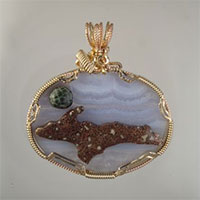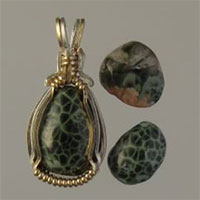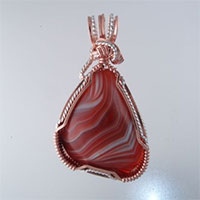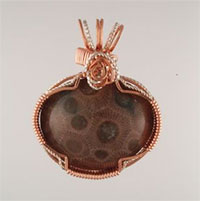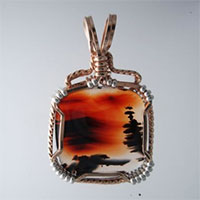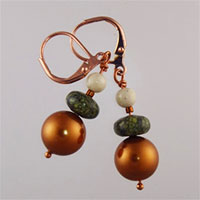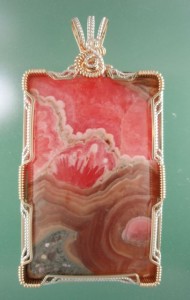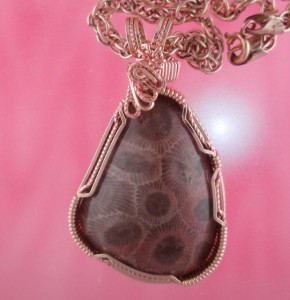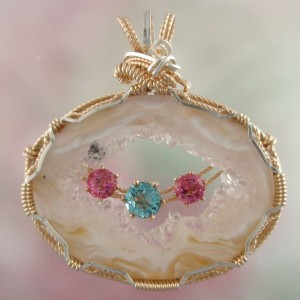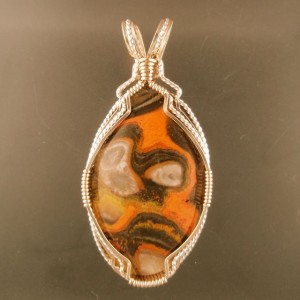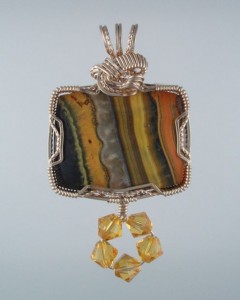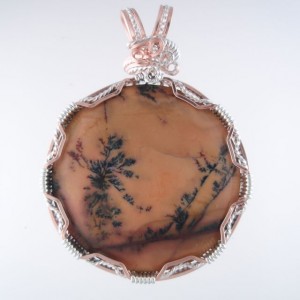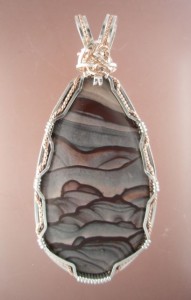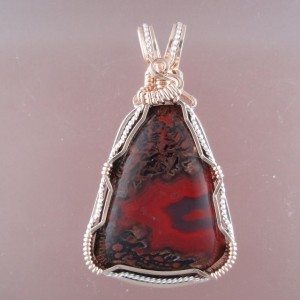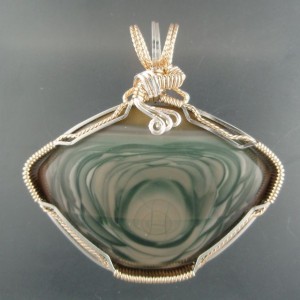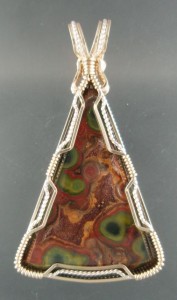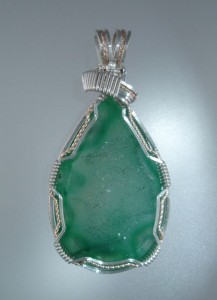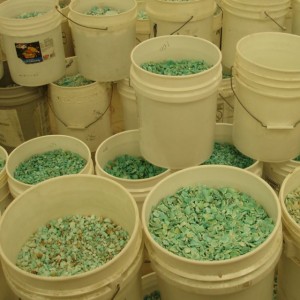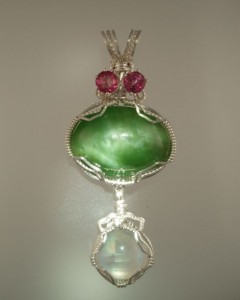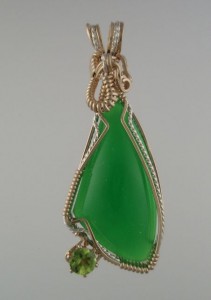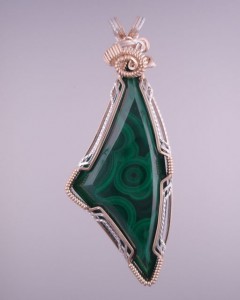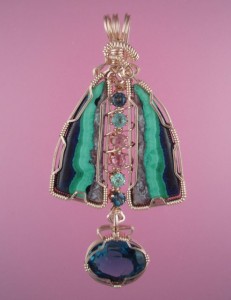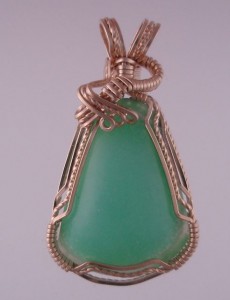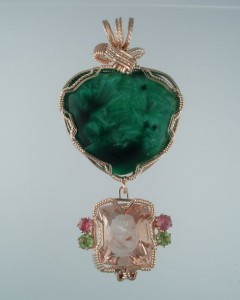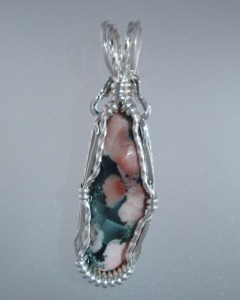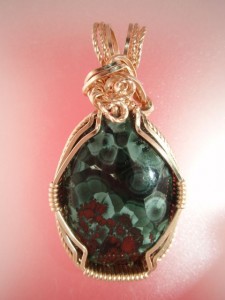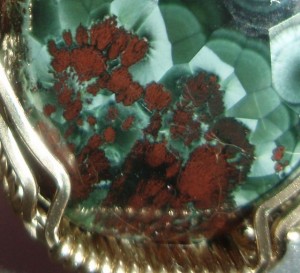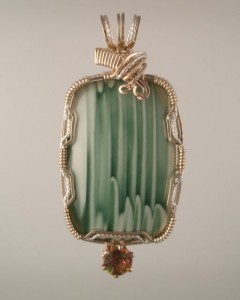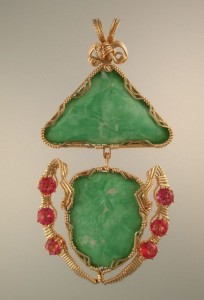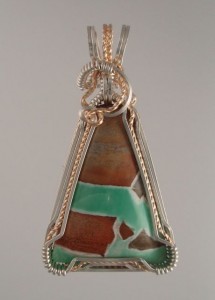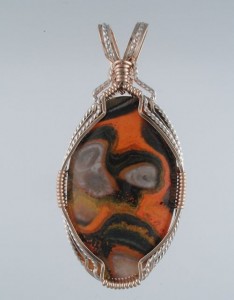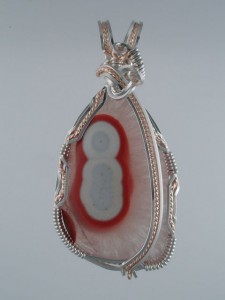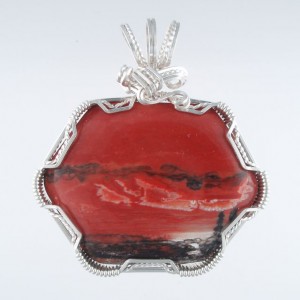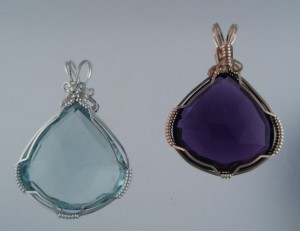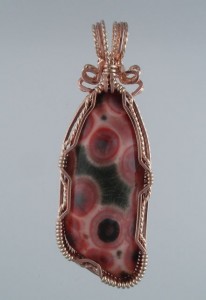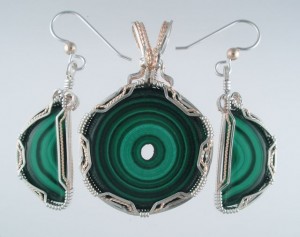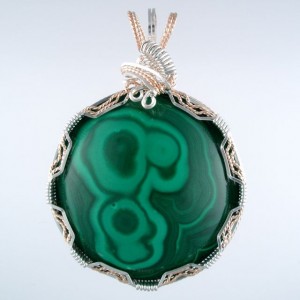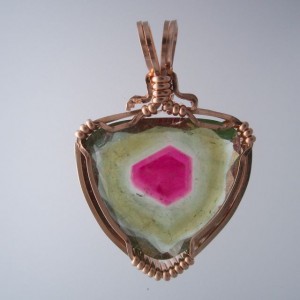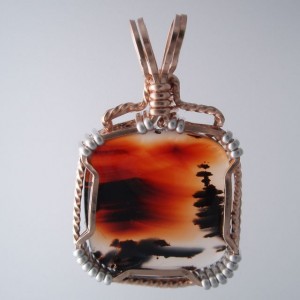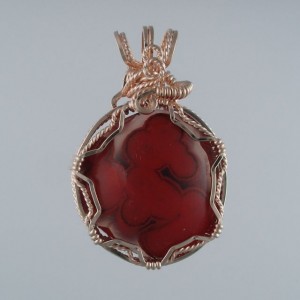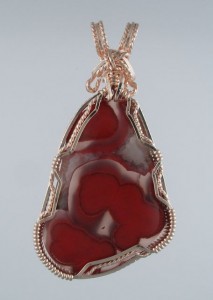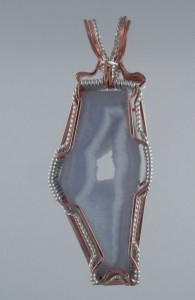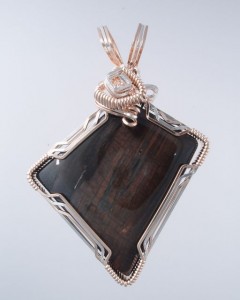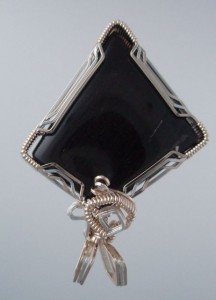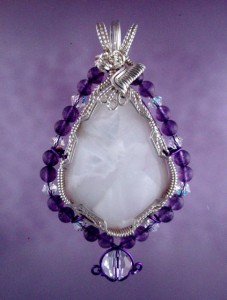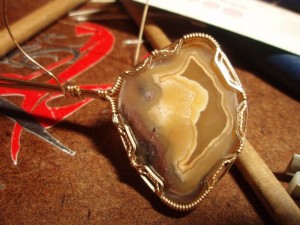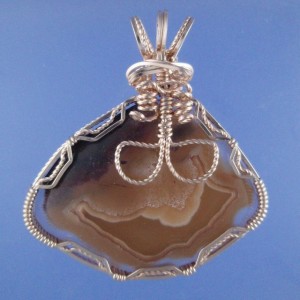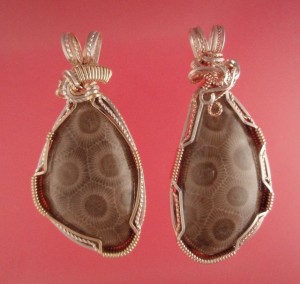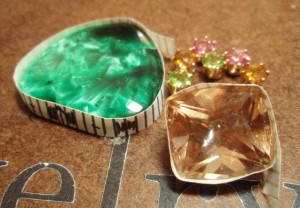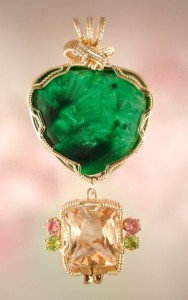As I look at these names, I think what an unfriendly sounding bunch of names. I make natural stone jewelry out of this? How about calling it Silver Bullet or Shining Golden Bridal Stone? Instead this mineral has a name that reminds me of a donkey.
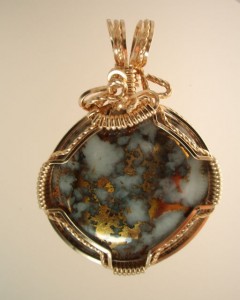
Gold Ore or Mohawkite? A real fooler.
Mohawkite was/is one of many local names for a copper ore comprised of Copper and Arsenide. The two primary Copper Arsenides in the Copper Country are Algodonite (Cu6As) and Domeykite (Cu3As). Between 1900 and 1901, 105 metric tons of Mohawkite were taken from the Mohawk Mine. Enormous masses of Algodonite also came out of the Ahmeek Mines. This area is on the north end of the Kearsarge Lode.
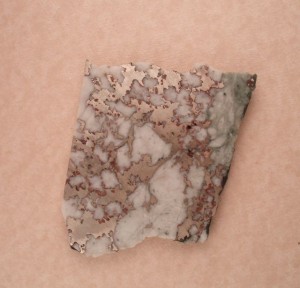
A silvery slab of Mohawkite. Siver coloration in probably due to high Nickel content.
I have sort of a love-hate relationship with any of these Arsenides. Allow me to explain my love-hate relationship with Mohawkite. Mohawkite is a local name for a mixture of Algodonite and Arsenian Copper found in the Mohawk and Ahmeek area Copper Mines. This material has been called many names in the past, and even today we hear solid pieces of Mohawkite called “Butchite”, another example of a local moniker.
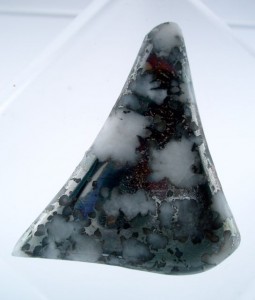
Iridescent Mohawkite. The picture does not do this justice with it's metallic reds and Cobalt Blues.
While I love all the Keweenaw Mining District stones, like Greenstone, Datolite, and Prehnite, I dislike working with Mohawkite or any other Copper Arsenide. After cutting Mohawkite I seal the material using a lenghthy procedure I’ve developed over the years. After any Mohawkite cabochon is sealed it becomes perfectly safe in normal use.
What I do love about these Copper Arsenides is they are absolutely gorgeous. When this arsenide is intermixed with white Quartz, the effect is amazing. It makes beautiful jewelry, and has this ability to be, and look, like several other things. For example, it’s a real fooler when the golden Mohawkite couples with the white Quartz. You would swear it is Gold Ore from California. Customers love the jewelry I make from Mohawkite, and because it is found nowhere else on earth, it is another keepsake from the Copper Country that is totally unique. I suspect that the amount of Nickel, Cobalt, or other trace minerals in the Mohawkite causes some of this stone to remain stable in color, while others change to gold. The Arsenides are the cause of the iridescent phenomenon. I have found that in stones that contain a high level of Arsenides, the color change is almost instantaneous.
By sealing the stone, any potential toxicity is eliminated. The possibility of the stone tarnishing is prevented by my sealing process also. I think of Mohawkite as a Chamelion of sorts. When I get a cabochon shaped, I never know how it will react to oxygen. I cut some today that became iridescent within 5 minutes. I wanted a golden color so I went back and re-ground off the rainbow. The metal was silver in color when it came off the grinder. I put the cabs in water, and rushed them to my sealing area. I rapidly removed them from water, dried them. When I wiped them dry, they immediately changed to a golden color. I sealed them in time to inhibit them from changing to iredescent colors. I did leave several cabs to for a few minutes and sealed them when they rainbowed.
You see very few people making jewelry from Mohawkite, but I love the unusual look of it, and we sell many pieces of it. After my sealing process, the stone is perfectly docile and safe to wear.
My Mohawkite jewelry is popular at Copper World in Calumet, Michigan, I also sell this material on line. Mohawkite is challenging to find anymore, but occasionally I stumble over a good piece while exploring the piles. Remember that these Mohawkite mines are all on private property and should not be hunted without permission.
We specialize in jewelry made from rocks and minerals of Michigan, and Mohawkite is one I love to hate. You on the other hand will love it, especially when you get all those complements.


